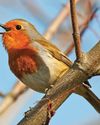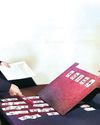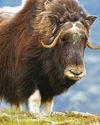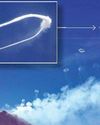
How do gas planets stay the shape they are if they’re made of gas? Harriet & Edwin
The four outer planets of the solar system, (Jupiter, Saturn, Uranus and Neptune) are known as the “gas giants”. This is because they are mostly made up of the light elements helium and hydrogen, which are gases. These planets aren’t all gas though, because they also have small solid cores.
Jupiter is the largest of these gas giants and the largest of all the planets in the solar system, being eleven times wider than Earth and more than twice the mass of all the other planets put together. Saturn is the solar system’s second-largest planet.
The force that holds these gassy planets together is the same that holds rock-solid Earth together – gravity. This force pulls objects toward the centre of a planet. It’s why when you jump, you soon land back on the ground. Because gravity pulls equally on all sides, the planets keep their spherical (ball) shape.
この記事は The Week Junior Science+Nature UK の Issue 71 版に掲載されています。
7 日間の Magzter GOLD 無料トライアルを開始して、何千もの厳選されたプレミアム ストーリー、8,500 以上の雑誌や新聞にアクセスしてください。
すでに購読者です ? サインイン
この記事は The Week Junior Science+Nature UK の Issue 71 版に掲載されています。
7 日間の Magzter GOLD 無料トライアルを開始して、何千もの厳選されたプレミアム ストーリー、8,500 以上の雑誌や新聞にアクセスしてください。
すでに購読者です? サインイン

SUGAR RUSH
Join the candy craze as Claire Karwowski studies the sugary science of sweets.

Wildlife watch
Stevie Derrick shows you what to spot in nature this month

The Sixth Sense
Could humans have more than five senses?

Catherine Heymans
Meet the starry-eyed astronomer who loves backyard stargazing.

WORLD OF WHIFFS
Stevie Derrick follows her nose to track down the world's grossest stinks and nastiest niffs.

Dogs can understand names of objects
Humans enjoy talking to their dogs. If you have a four-legged friend of your own, you might have taught them to respond to commands like \"sit\" and \"stay\".

Smoke rings in the sky
In April, videos were filmed of Mount Etna, a volcano on the Italian island of Sicily, puffing what looked like smoke rings into the sky.

Huge gold nugget found
A gold nugget that could be the largest ever found in England was recently put up for auction. Metal detectorist Richard Brock discovered the nugget on farmland during an organised expedition in Shropshire last year.

Evolutionary tree shows birds in a new light
Researchers have produced the most detailed evolutionary tree of birds ever.

The largest plane to ever fly
Take a first look at the mighty Radia WindRunner aircraft